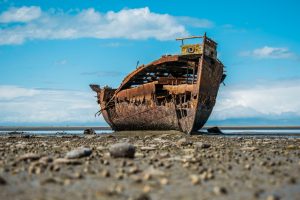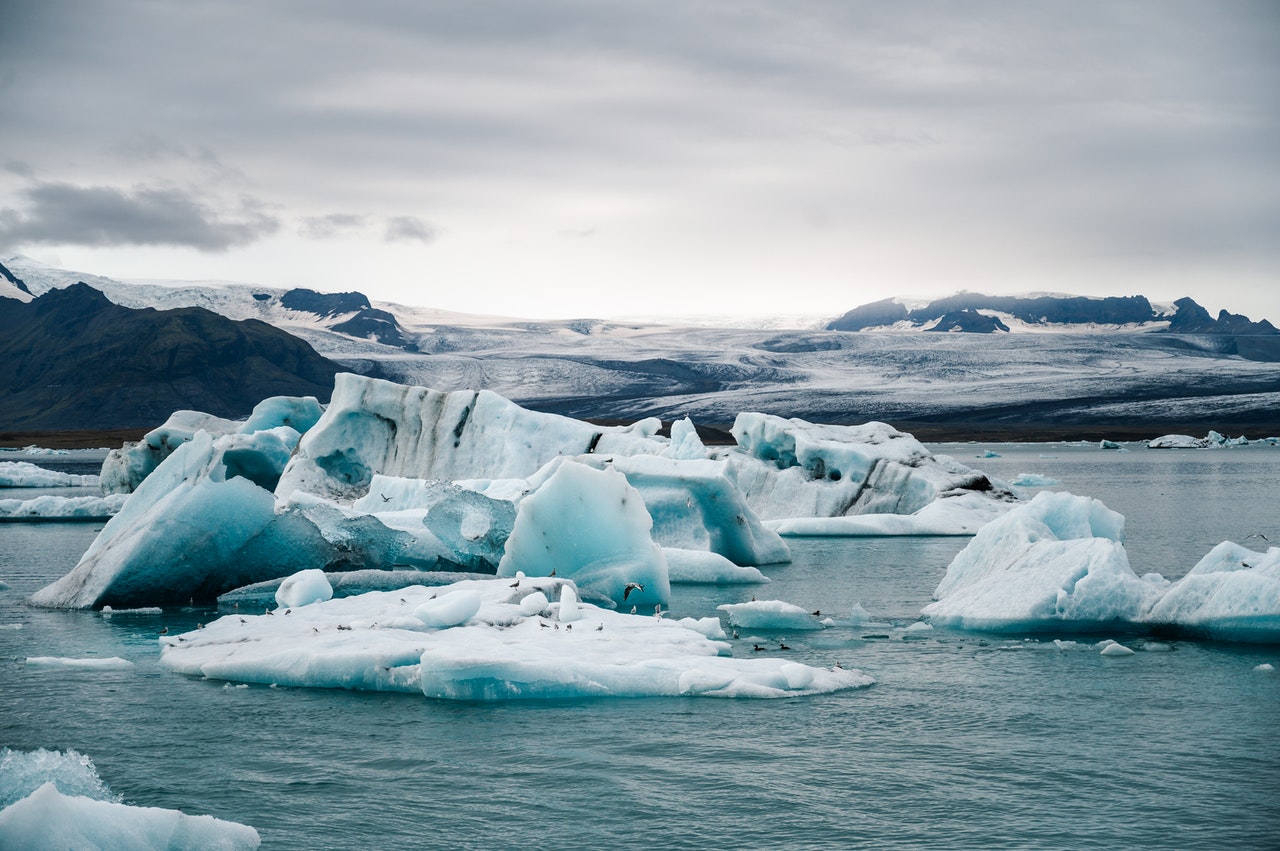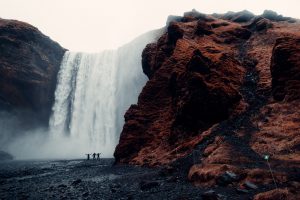 In short, archaeologists dedicate their lives daily to looking for things about the past. Thanks to these works, we know a lot about ancient Egypt, Greece, Rome, Europe in the Middle Ages and various periods of history. They revealed themselves through studies. In short, these professionals are all the time finding old objects or deciphering those that have already been found.
In short, archaeologists dedicate their lives daily to looking for things about the past. Thanks to these works, we know a lot about ancient Egypt, Greece, Rome, Europe in the Middle Ages and various periods of history. They revealed themselves through studies. In short, these professionals are all the time finding old objects or deciphering those that have already been found.
Now they have discovered the wreck of a 2,200-year-old Egyptian ship. Giant blocks from the famous temple of Amum hit the ship. It sank after that.
The ship, along with a cemetery, were discovered in the Mediterranean Sea at Thonis-Heracleion, which is a long-sunken city. You know the vessel as a fast crowd. She is a type of ship that has a large sail and would have been propelled at rather high speeds with the help of oars.
Discovery
This newly discovered galley is 25 meters long with a flat keel. This is a feature that is often seen on ancient ships that sailed down the Nile River.
“It sank after being hit by huge blocks of the famous temple of Amun, which was totally destroyed during a cataclysmic event in the 2nd century BC,” a team of archaeologists said in a statement.
The cataclysmic event that likely destroyed the temple may have been an earthquake, according to the Egyptian Ministry of Tourism and Antiquities. The vessel is currently below approximately five meters of clay and temple rubble.
As the ship is buried, the researchers used a new type of sonar to be able to locate it. “Discoveries of fast galleys from this period remain extremely rare,” said Franck Goddio, president of the European Institute of Underwater Archeology.
Ship
The construction of the ship was done using the mortise-e-tenon technique. In it, you use pieces of wood with protrusions called tenons and put in pieces of wood with holes called mortises. As a result, you have a vessel made of wooden sections that intertwine like a jigsaw puzzle.
Even though the vessel has been discovered, archaeologists are still not sure what it carried, or if it carried anything at the time it sank.
Cemetery
In addition to the ship, archaeologists also discovered, in the region of this submerged city, a cemetery that had been in use for 2,400 years. They found finely decorated pottery. Plus pieces that seemed to have images of waves painted on them.
That’s not all archaeologists find. The team also found a gold amulet representing Bes. He was an Egyptian god related to childbirth and fertility. Ancient Egyptians sometimes used images of this god to protect the children and women who gave birth.
This cemetery was covered with a very large pile of burial stones. They were used a lot in the past to mark burial places.
City
The Egyptian inhabitants knew the city as Thonis. Already the Greek inhabitants, like Heracleus. Because of this, archaeologists named the city Thonis-Heracleion.
The flowering of Thonis-Heracleion came at a time when many Greeks were coming from Egypt and bringing their cultural traditions with them. This city was gradually falling into the sea due to a series of earthquakes. They kept happening until the city was completely submerged approximately a thousand years ago.
Archaeologists, along with the Ministry of Antiquities and the European Institute of Underwater Archeology, discovered the city between 1999 and 2000. Since then, they have been studying the remains.
…
 Iceland is a European island Nordic country which is situated in the North Atlantic Ocean. In short, its islands are located between continental Europe and Greenland. Furthermore, a small area is home to around 350 thousand inhabitants. Iceland’s largest city is its capital, Reykjavik, which is home to around 2 thirds of the national population.
Iceland is a European island Nordic country which is situated in the North Atlantic Ocean. In short, its islands are located between continental Europe and Greenland. Furthermore, a small area is home to around 350 thousand inhabitants. Iceland’s largest city is its capital, Reykjavik, which is home to around 2 thirds of the national population.